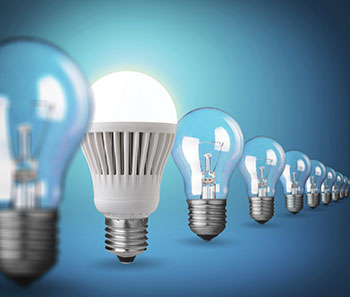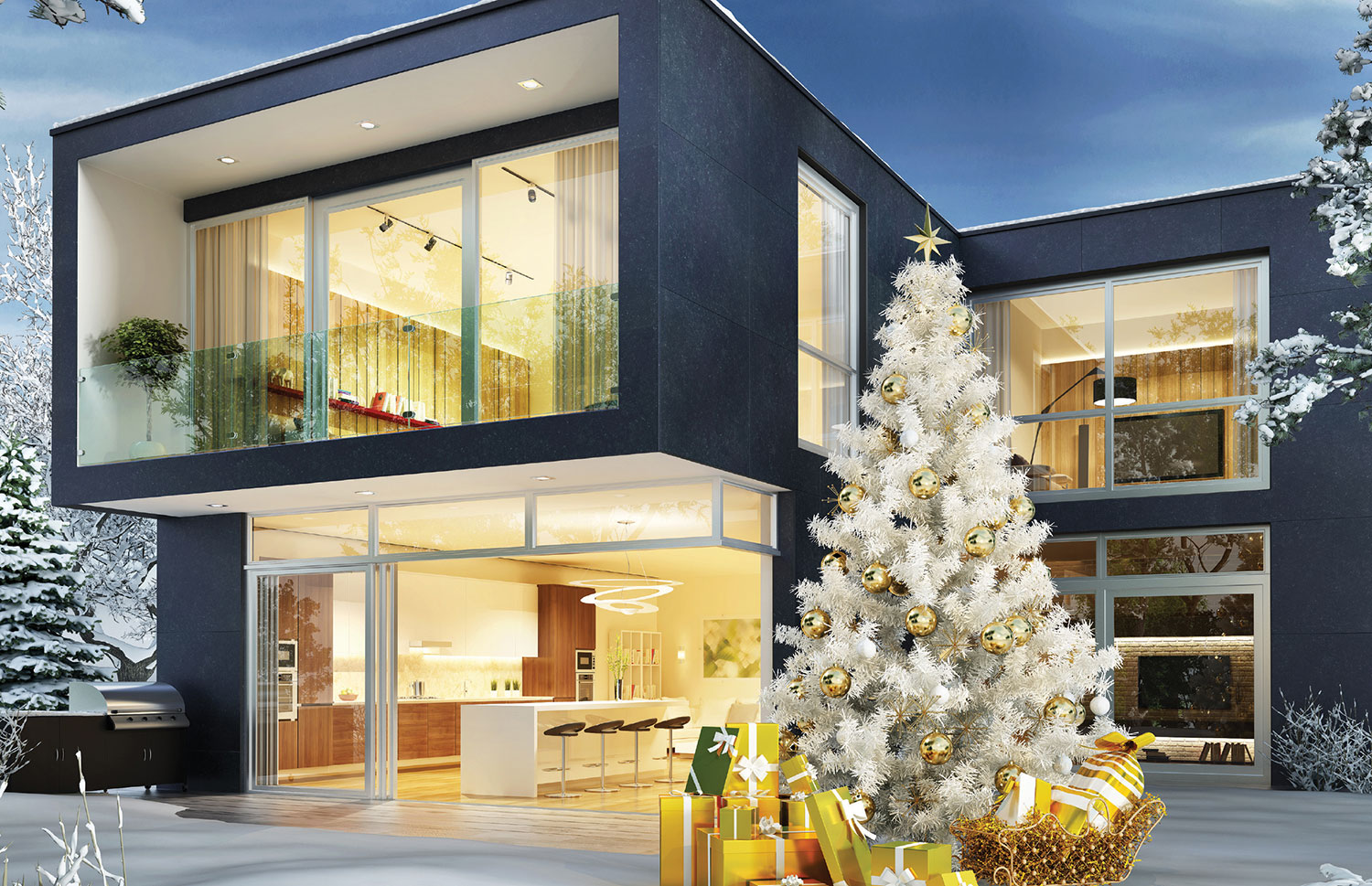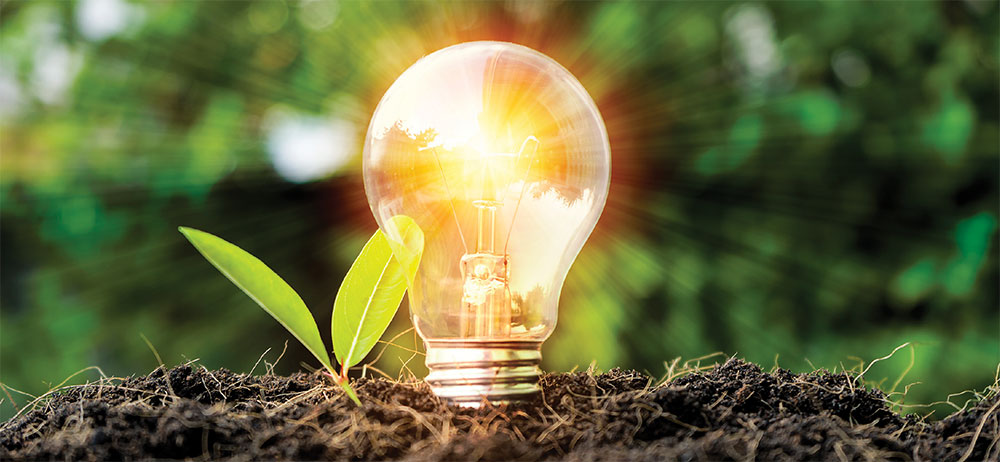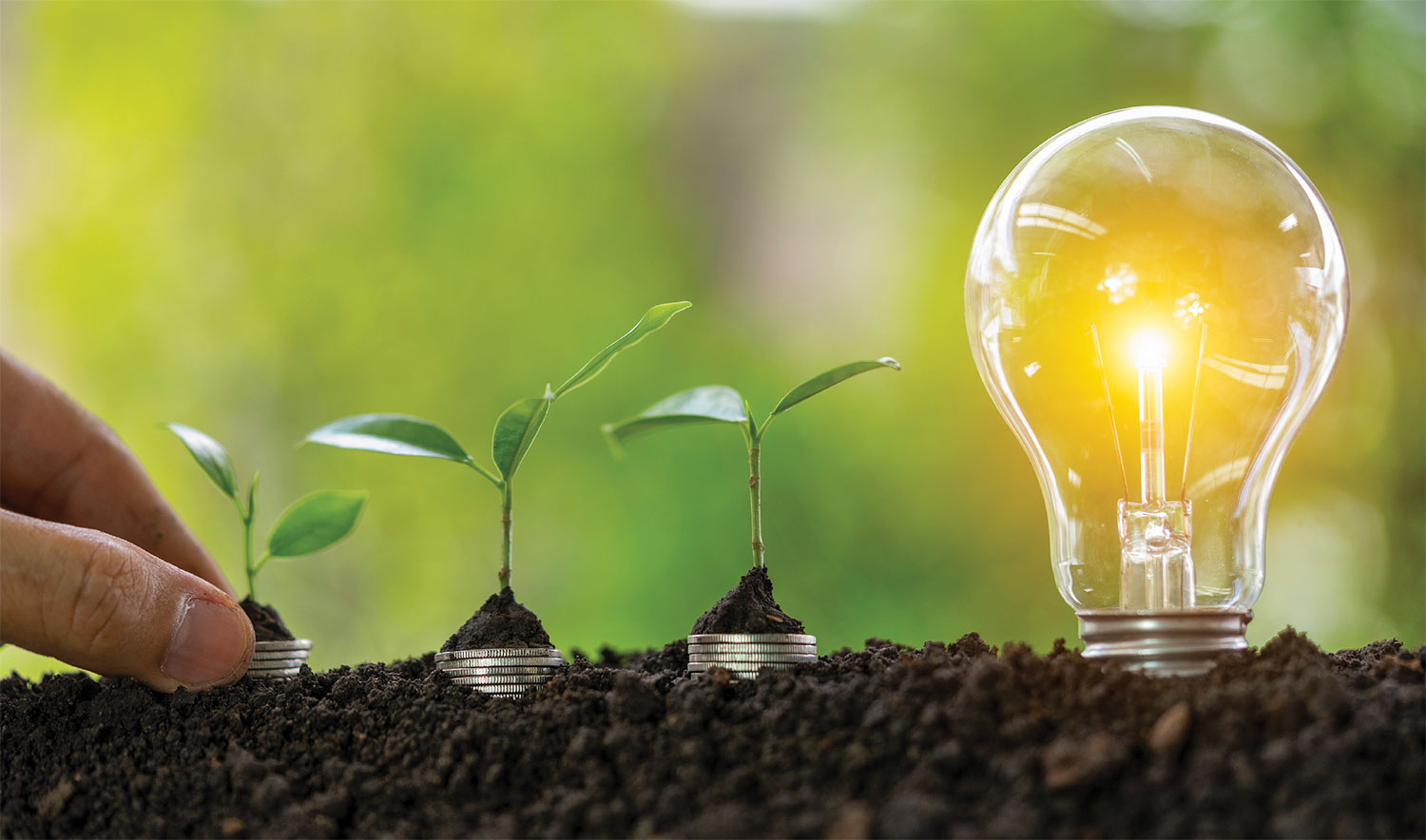Light bulbs have been a pretty dumb technology throughout history. Even the new LEDs that can change color aren’t anything particularly special in the grand scheme of the tech industry. But, recently the first light bulb with a brain was created. This new generation of lighting technology has a sense of smell, sight and touch.
The light can feel how warm or cold a room is, see if anyone is inside a room and sniff out odors in the air including smoke, carbon dioxide, carbon monoxide and harmful VOCs. If the light sees people enter a room it will raise the lighting to a brighter level and dim it if people depart and the room is left empty. It can feel temperature and control HVAC systems based on the weather and room occupancy levels. If a dangerous gas is detected in the air or if a bathroom has an unpleasant odor, the light can switch on an exhaust fan or trigger an alarm system.
Recently installed at University of California, Berkeley, these new LEDs cut energy use by 92 percent in just one month.

High Efficiency Lighting
Modern LED technology has led the way to high efficiency lighting. With astonishing regularity LEDs are improved; costs are lowered and efficacy improves. To lighting product designers, meaningfully improved LED sources are available several times each year. Further, each iteration of the Gallium Nitride semiconductor and phosphor technology enables improved color consistency, color rendering and new optical distributions of white LEDs. The fast paced, Moore’s-law-like revolution within the lighting industry means that significantly improved new lighting products now appear on the market in months rather than the years (or even decades) required for the incandescent and fluorescent technologies that proceeded LED. However, the rapid improvement obfuscates a more important characteristic of LED technology that portends the long-term future of the lighting industry. LEDs are semiconductor devices, and as such are low-voltage devices that are easily integrated with other semiconductors. LED lights and the attendant low-voltage semiconductor electronics used therein form an ideal location in which other devices can be integrated.
Adding new capabilities to an LED light is analogous to adding a digital camera to a cell phone. The cell phone already has a battery, a display, a charging port, a housing, and integrated circuits that process and communicate images. All that is required is to add the photocell, the software, the lens and to hook those up to the cell phone (and, of course, add an LED for the flash) in order to create a camera phone.
Adding features to LED lighting that encompass existing building sensory and control infrastructure can take advantage of the light’s electrically-powered location and, crucially, its low-voltage circuitry.
The job of integrating all the now-separate building control and sensory functions into a light fixture may appear complex. For the building owner and for the contractors doing purchasing and maintenance, numerous separate systems is a highly inefficient use of money and resources. The devices themselves must each have a separate housing, power conversion and usually a communications network. LED lighting, in contrast, can be a “one stop shop” and the “Swiss army knife” of building electronics.
Lighting is both the first required electrical device in a building and is ubiquitously deployed. Indoor light fixtures are often placed every 100 square feet or even more densely. Lighting’s deployment within buildings makes the possibility of highly granular information-gathering a reality. Collecting information from sensors in such a dense deployment will provide new sources with as yet unimagined uses.
The inventors of Internet wanted only to share academic data between universities and were unlikely to have foreseen Facebook or Instagram. Similarly, the creators of networks that interconnect lights and sensors within buildings are unlikely to foresee all of the eventual uses of those networks and information. This represents a paradigm shift for an industry that heretofore has defined its primary charter as providing light fixtures, replacement bulbs, and controls to adjust light levels and minimize energy use. Now experimentation in completely new areas will define the ways forward.

From bulk to semiconductor technology
Lighting is one of the last technologies to undergo a change from bulk technologies, specific vacuum tube technology, to semiconductor technology. The radio was upgraded from vacuum tubes to transistors in the 1960s. The personal computer displaced the typewriter in the 1980s. However, being the latest technology to make use of semiconductors has one distinct advantage, the already built-up infrastructure to make, refine, cost reduce and interconnect sensors, high-speed wireless integrated circuits, and cloud-based storage. In addition, this new “Internet of Things,” as it has been dubbed, utilizes the already in-place Internet. All of these necessary elements are in place and at the disposal of the lighting industry. It only takes clever engineers working within a corporate culture of innovation, the “Apple” of lighting, to create integrated products.
As Lighting is transformed from an industry based on sources built within vacuum tubes to one that incorporates LEDs and scores of other semiconductors, the race to provide new features and value is simply just getting started. Technologies based on the integration of semiconductors do not become mature, but rather parts of the functionality become de rigueur and new features and devices are continuously added. Note the progress of smart phones since the introduction of the original Blackberry in 2003 and through the latest iPhone. There is no doubt that still better phones will be produced that incorporate more storage, faster data interconnection, higher resolution screens and cameras, better sound quality, more precise GPS, and faster processing. The greater utility of the newest models make the earlier versions appear obsolete. The short history of the Apple iPhone provides an example of how quickly such devices evolve.
The latest LED light of 2015 will look “so last year” when compared with the 2016 version with still smarter electronics. At each step of the evolution, LED lighting will consume less energy and provide better illumination. As those core refinements continue, there will be diminishing returns on the energy saved over previous versions and less perceptible refinement of the light. In time, the majority of benefit to the building owner will arise from capabilities such as more granular control of HVAC systems, better security for the occupants, or the ability to command higher rents for a building equipped with the latest technology. How semiconductors will change the lighting industry within the buildings into which the lights are installed, and how the experience of the building occupants will change will perhaps be more obvious in retrospect. While the change is occurring, it may seem slow—but the fact that it is coming is certain. For those of you how are reading this article on a cell phone, think back to when that was simply not possible—a time not that long ago, and now forgotten in an avalanche of applications we already take for granted.















Find Us on Socials